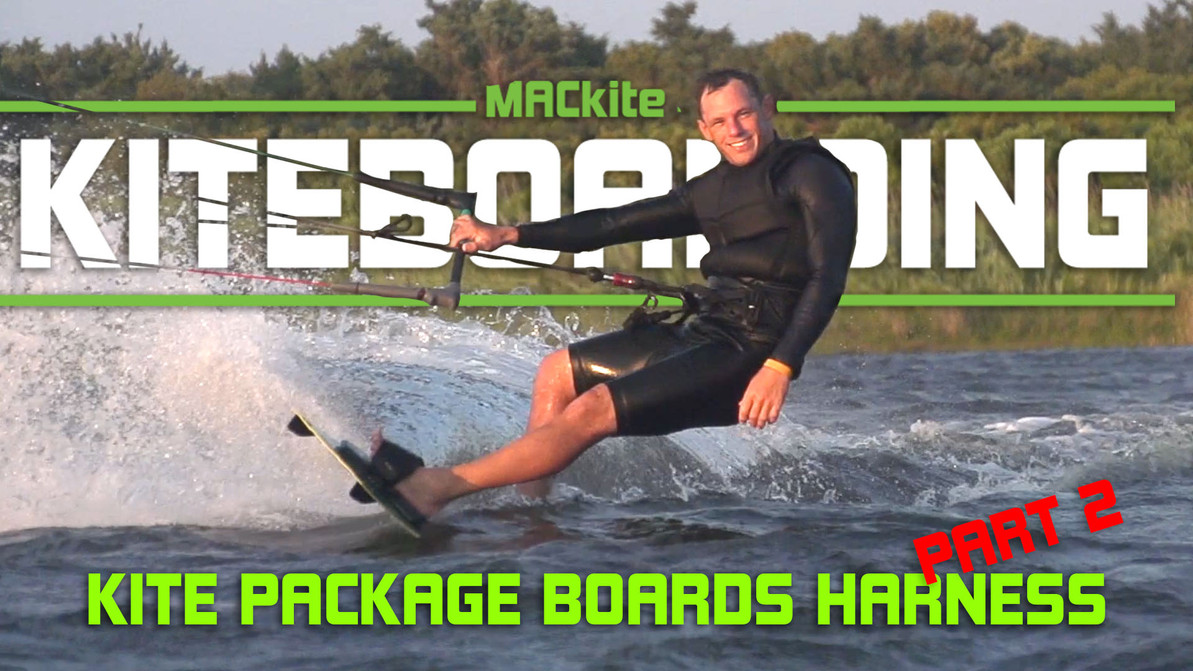Kiteboarding Package Part 2
Hey guys, Jake here from MACkite. Today I'm here to talk to you guys about packages. We got the kite covered, now let's go on to the board.
Most boards are going to come with the board and the fins. From there you have to add a set of straps, and most straps are compatible with most boards. For example, we have the PKG board right here and I have Cabrinha H1 straps that will mount just perfectly to this thing. An easy way to figure out where your stance is, is to set the board in front of you, without fins obviously, and just hop on the board and try to find the center.
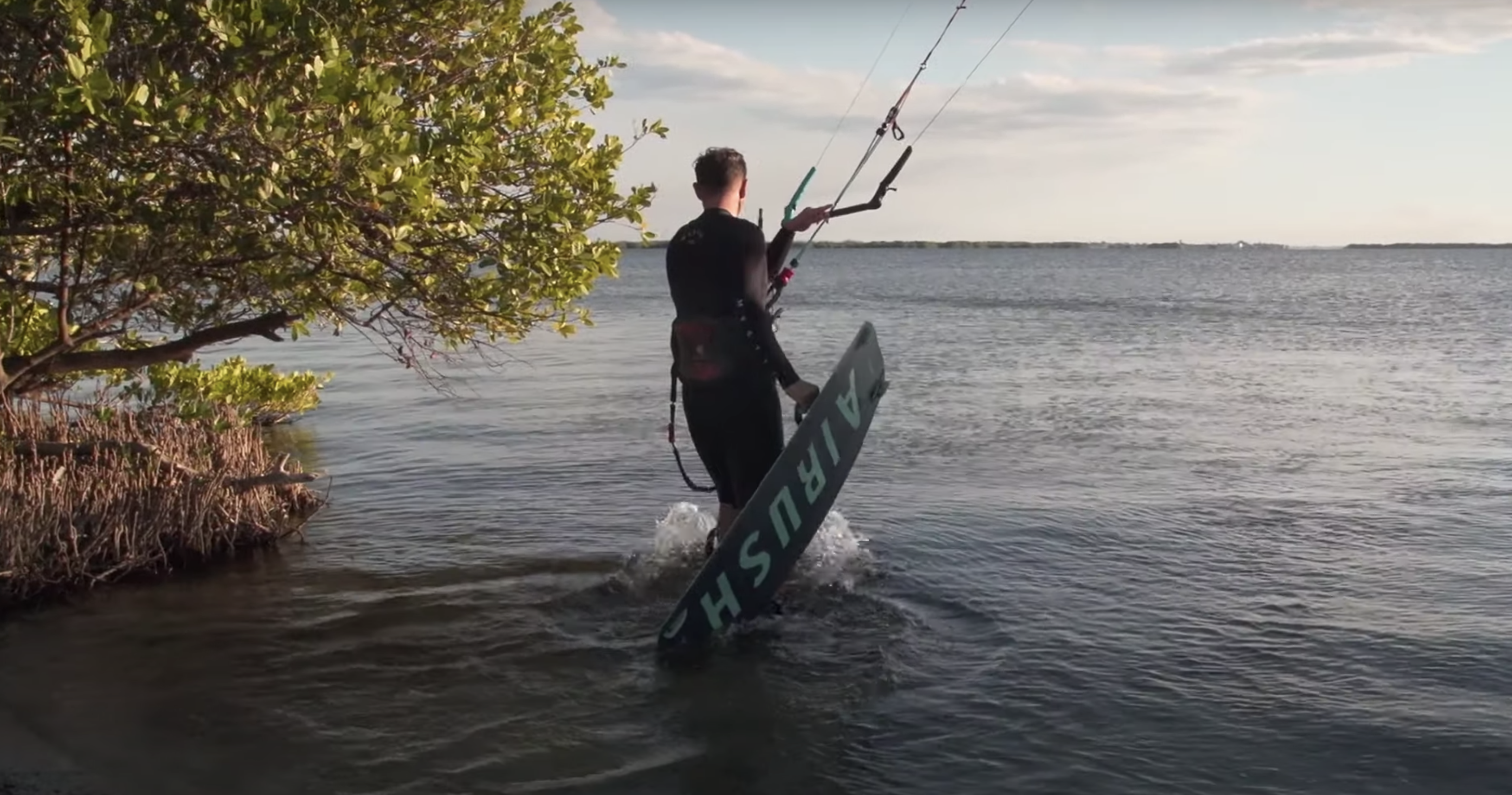
Look down on your feet and you're going to be able to kind of line up where you comfortably jumped, and that's the stance you're going to generally want to take. If you're a little shorter in stature you're going to tend to be closer together, and if you're taller you're going to be further out.
From there, you're going to pop your straps on the board. That's pretty easy. You will want to check, if you're mixing and matching brands, that a handle is included. Some brands are going to include the handle with the board, some are going to include the handle with the straps, so if you happen to find one where the handle is not included with each set you buy, you're out of luck; you're going to have to buy a secondary handle. Come with screws, fins- you're ready to go.
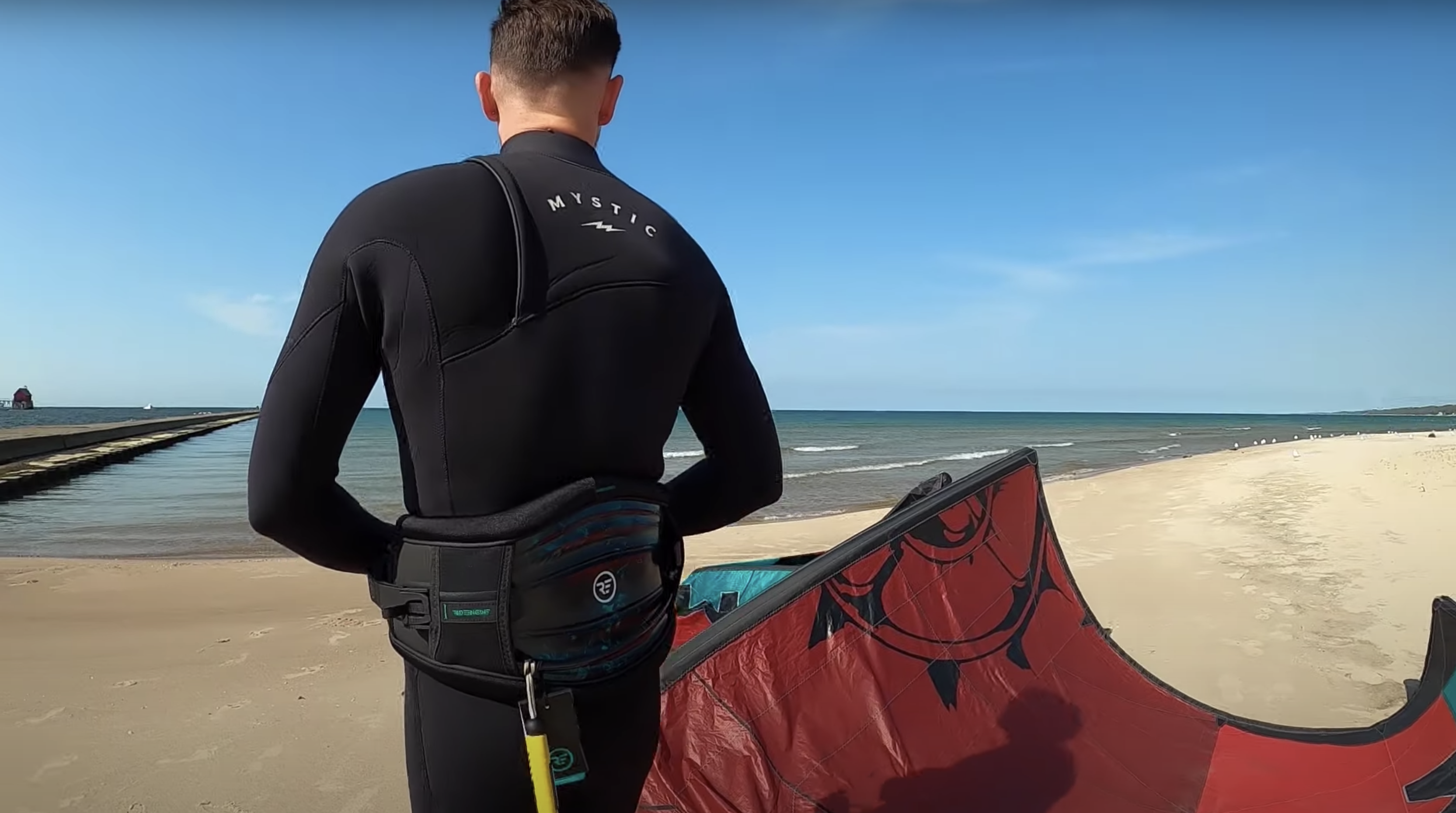
The last thing you need to add to get out there would be a harness. Right down here we have the Ion Apex harness. The two varieties of harnesses are going to be waist harnesses and seat harnesses. Waist harnesses are going to sit up higher on your back here. You're going to have a full range of motion with your legs. They're a little bit easier to put on. They're probably the most popular harness on the market.
Seat harnesses are a great option too. It's going to lower the tow point, which means it's going to lower where the hook is, so the kite's going to give you a little bit more of a lifting motion when you're getting up.
People who have back issues, people who are coming from climbing backgrounds, somebody who's just a little older and just wants something more comfortable- they're going to look to a seat harness. We've increasingly seen foilers pick up seat harnesses as well, again, just because it kind of lowers that tow point on you.
Harnesses sometimes have this back bar here. You can grab onto this, or people will attach their leash if they're doing any kind of handle pass trick, and that's where you're going to want a longer leash. With modern harnesses, you're going to want to check and make sure that it comes with a spreader bar. More and more brands, this is something that you purchase separately.
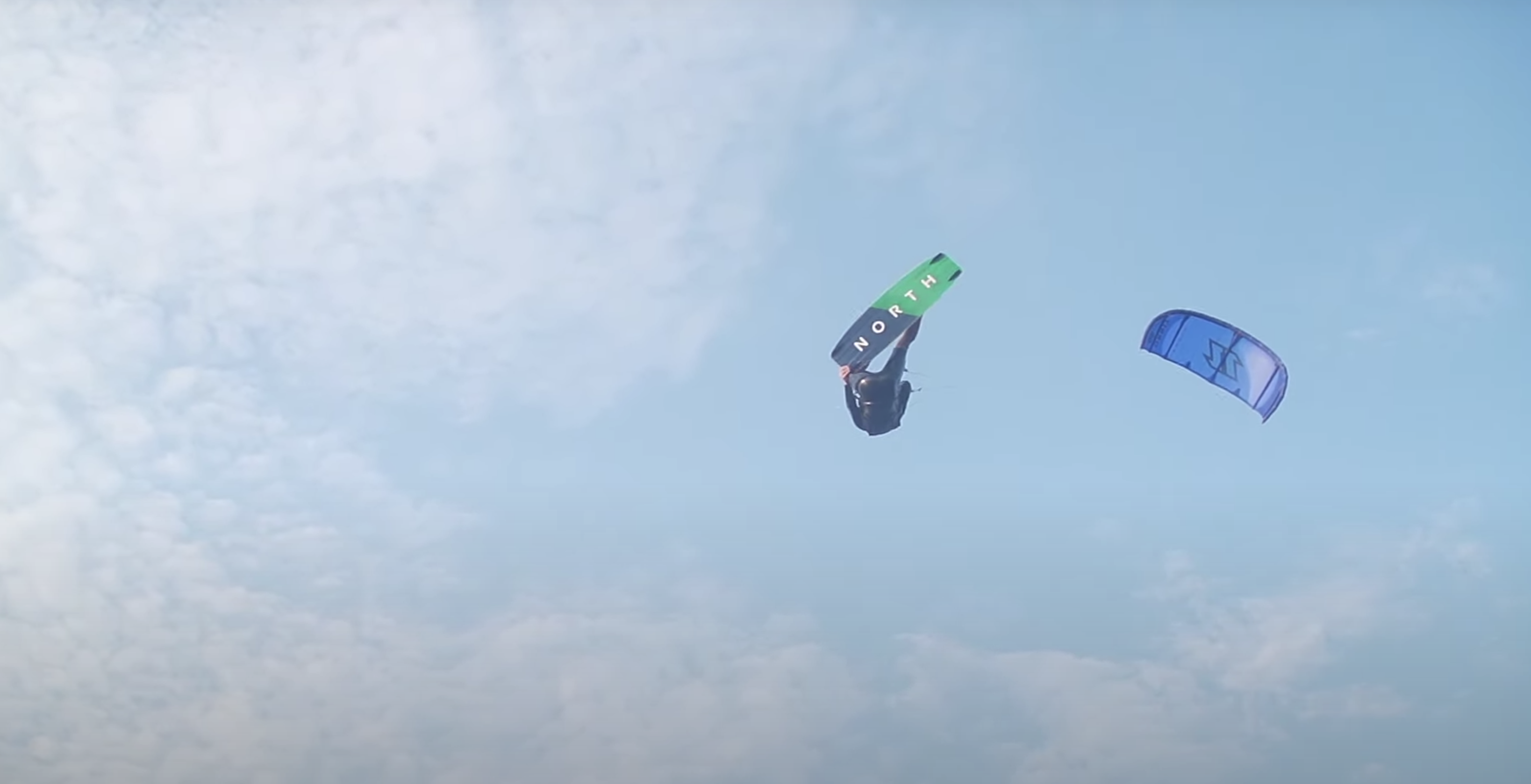
The big reason for that is there's different styles that you can use. This is a hook. This is just a very conventional style. Some of these will go the hook or allow you to convert and it'll have a rope, so for people who are foiling or using it with the surf or just general freeride, that rope is going to allow the chicken loop to slide back and forth. It's going to pull less on the harness, which means less pressure points. It's just going to be an easier, more comfortable style of riding.
Now that we've got all that out of the way, let's get into some of the accessories that we recommend you pick up. So, when deciding what straps you should pair with your board, this is something that you can use different brands and mix and match.
Again, I generally just match the board to the straps- the same brand. It keeps things a little bit easier, and for most strap brands these days, when it comes to deciding what straps you want to pair with your board, this should be a pretty easy decision.
Most straps these days work with most boards. Most boards are going to use a six inch spacing. So how you can tell that is you'll take your tape measure and you'll measure from the middle of one hole to the middle of the other. You can see right here, that's six inches and that's what most brands are using out there. The exception, again, is Duotone, and there might be a few others out there, so you can take this strap generally. They have some leeway on either side, which makes them easy to fit. Line them up, hole in the middle, hole in the middle... you're in business.
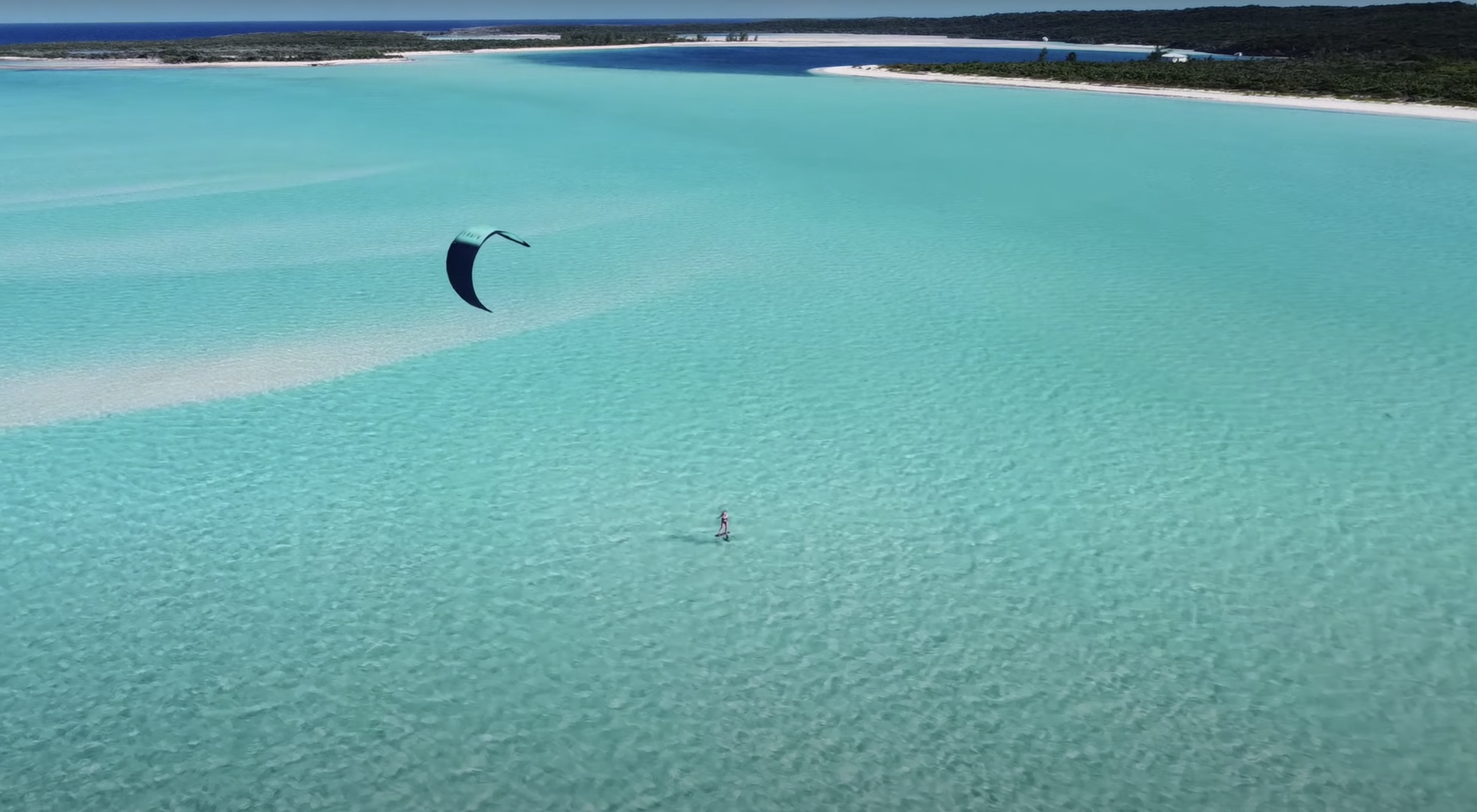
When it comes to deciding what straps you want, there's a few different varieties out there. The Cabrinha H1's that we have here are just a simple single strap system. This is nice; they're comfortable, they're basic. If you're using booties, these tend to have a little bit more space in them. A lot of brands have a premium strap as well. That's going to be a two or a four strap system that's going to give you a better zonal fit, so rather than just one strap holding down your foot, you can have one in back, one in front, and it's going to tighten differently; it's going to allow you to stay more locked in.
The big downside with those straps is they tend to be bulkier, and if you are riding in colder environments or in reefs where you're using a bootie, it's going to be a very snug fit. I tend to opt for a smaller, thinner bootie if I'm using my general core strap, or I'll even opt for a different strap in the wintertime to better accommodate the fit of the bootie. If you're riding barefoot, follow the size chart; it's a really easy decision to make.
On to the accessories that you don't necessarily need, but we really recommend them. So first on this list is the flotation vest. The flotation vest is really nice because it serves a lot of different functions.
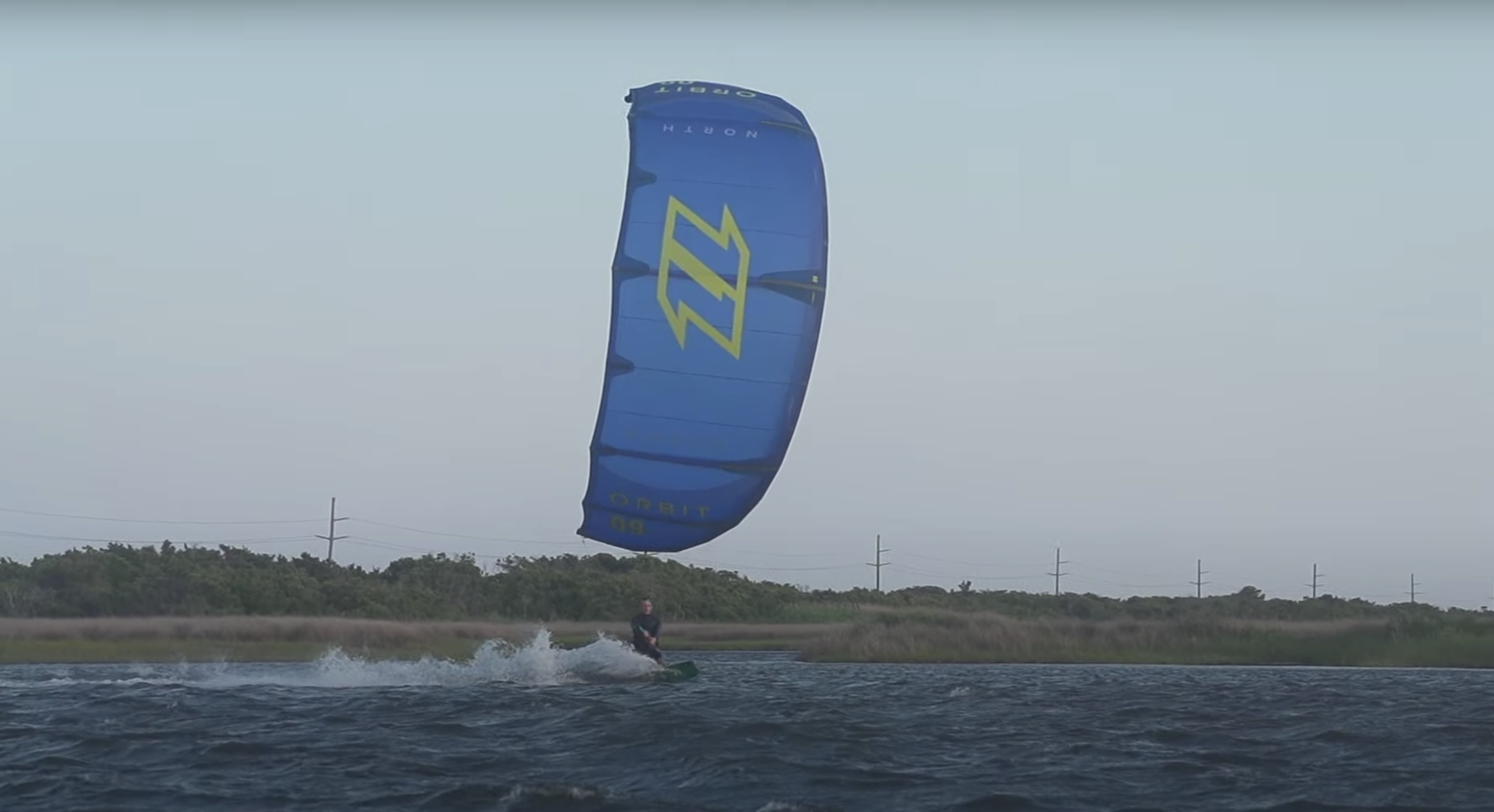
One, it's going to give you a little bit of flotation. Two, it's got some padding, so it's gonna give you impact protection. When you're first learning, you're going flying and you crash into the water. That's going to dampen some of that. And then in colder climates, it's also going to give you a little bit of warmth in the core region with this extra neoprene material.
Do I always wear my vest? I'm going to be honest- no. Is that always a smart idea? No, it never is. I've had times I'm out there pier length, wind dies. Doesn't seem like it's gonna happen; it's 1:30. Lo and behold, kite's in the water, I'm swimming in.
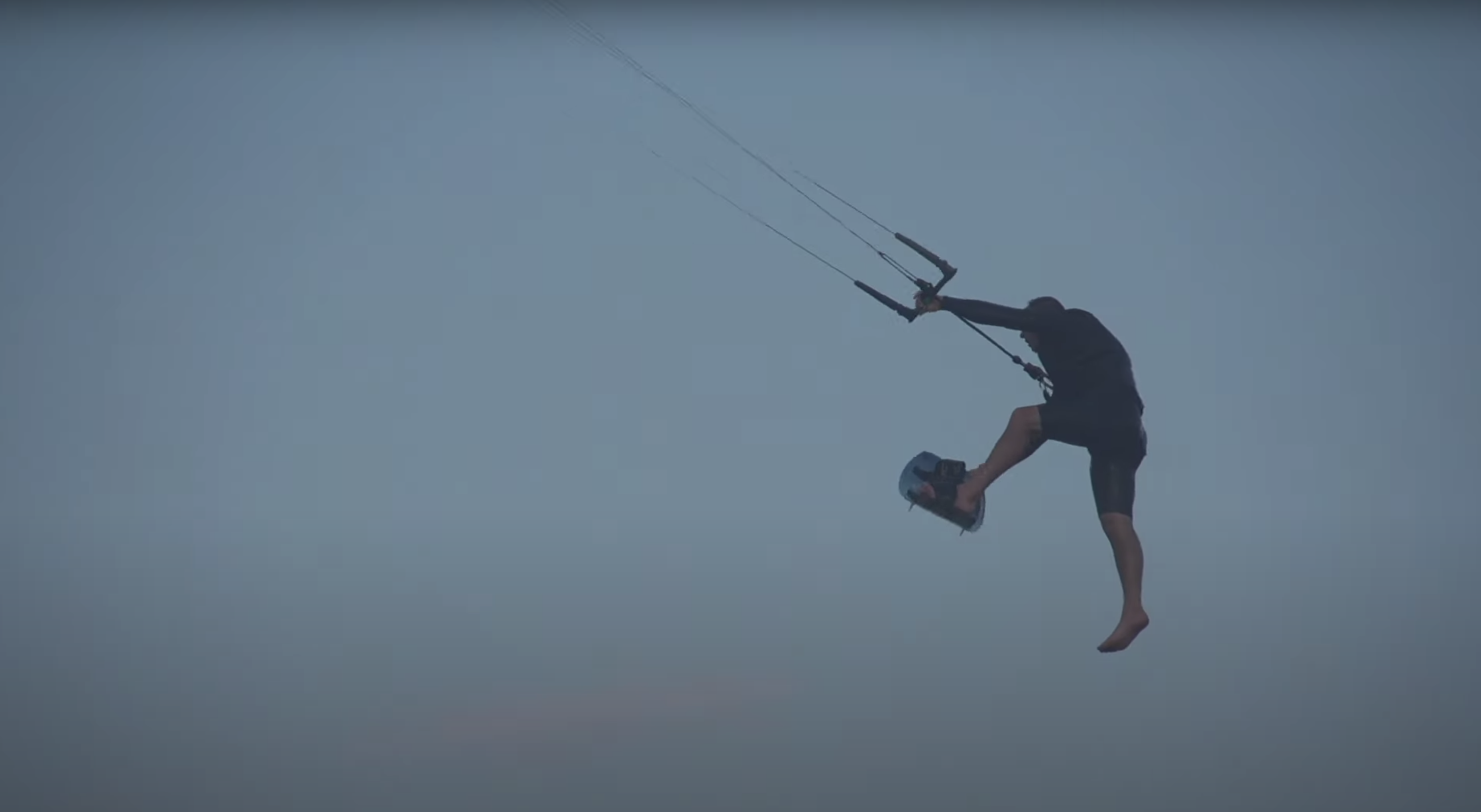
I always wish in those moments I had my vest. Especially when you're learning, the vest just gives you such peace of mind, just a little bit of extra float. If you do have to full release your kite, it's just a long swim in. Most kiting vests are going to be thinner down here, that's to accommodate the waist harnesses, and then thicker up in the chest. We're going to have a separate video as to a different vest fit, but these things they tend to fit pretty tight.
Thank you for checking out this video. Feel free to ask us if you have any questions, if you want us to review anything more in depth, or something you didn't see here, let us know in the comments section. We're happy to get back out here on the table and talk about it. Otherwise, thank you so much for checking us out and we look forward to seeing you on the water.
Recent Posts
-
2024 Duotone Slick Wing Review | What's New in This Year's Model?
The Duotone Slick has been a favorite of many for several years. Pros love it for its speed, …15th Apr 2024 -
Lightwind Kiteboarding in Key West with Kristen and RyGo | MACkite x Airush
Kristen and Rygo are headed down to Key West in the RV, where they'll hook up with the cr …15th Apr 2024 -
What's New with F-One Foils? Eagle X and Seven Seas Updates Explained
F-One has released some exciting new options and refinements in their foil lineup. Tucker, R …12th Apr 2024

